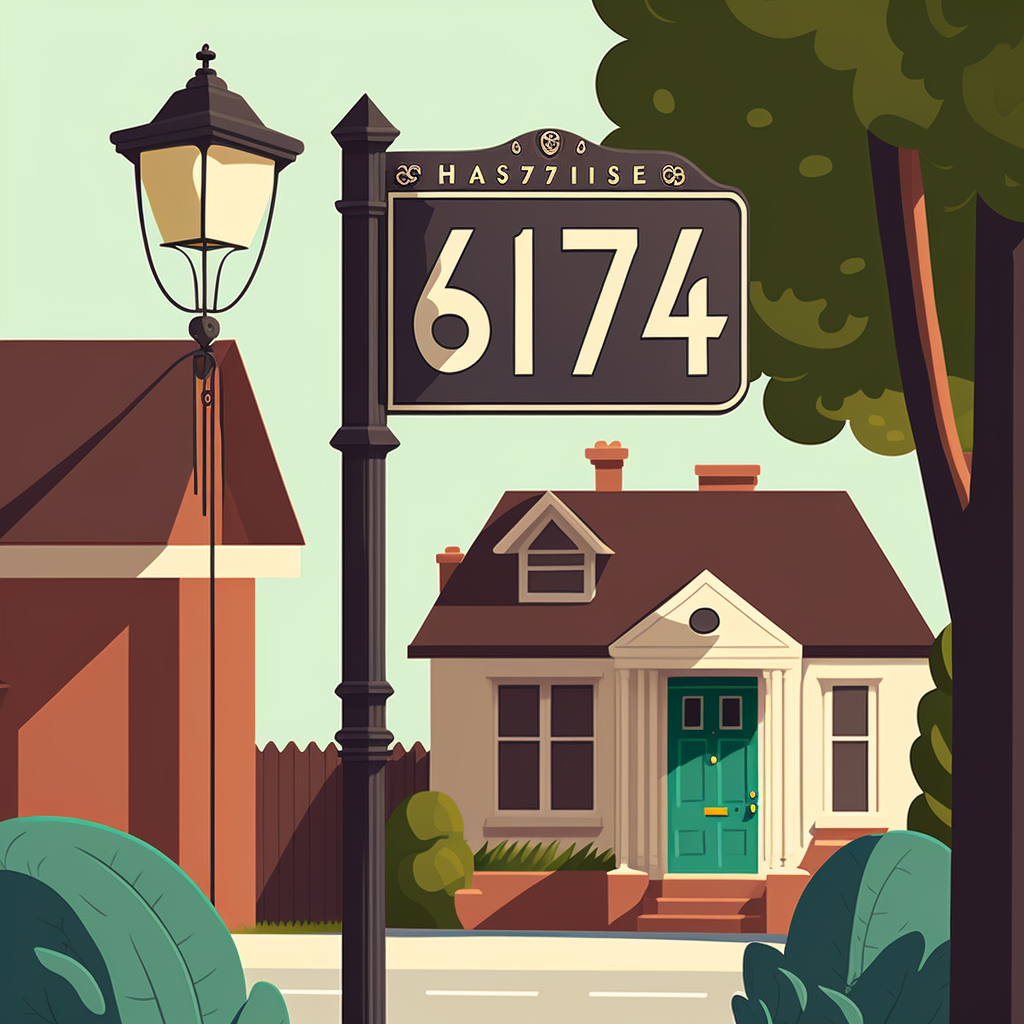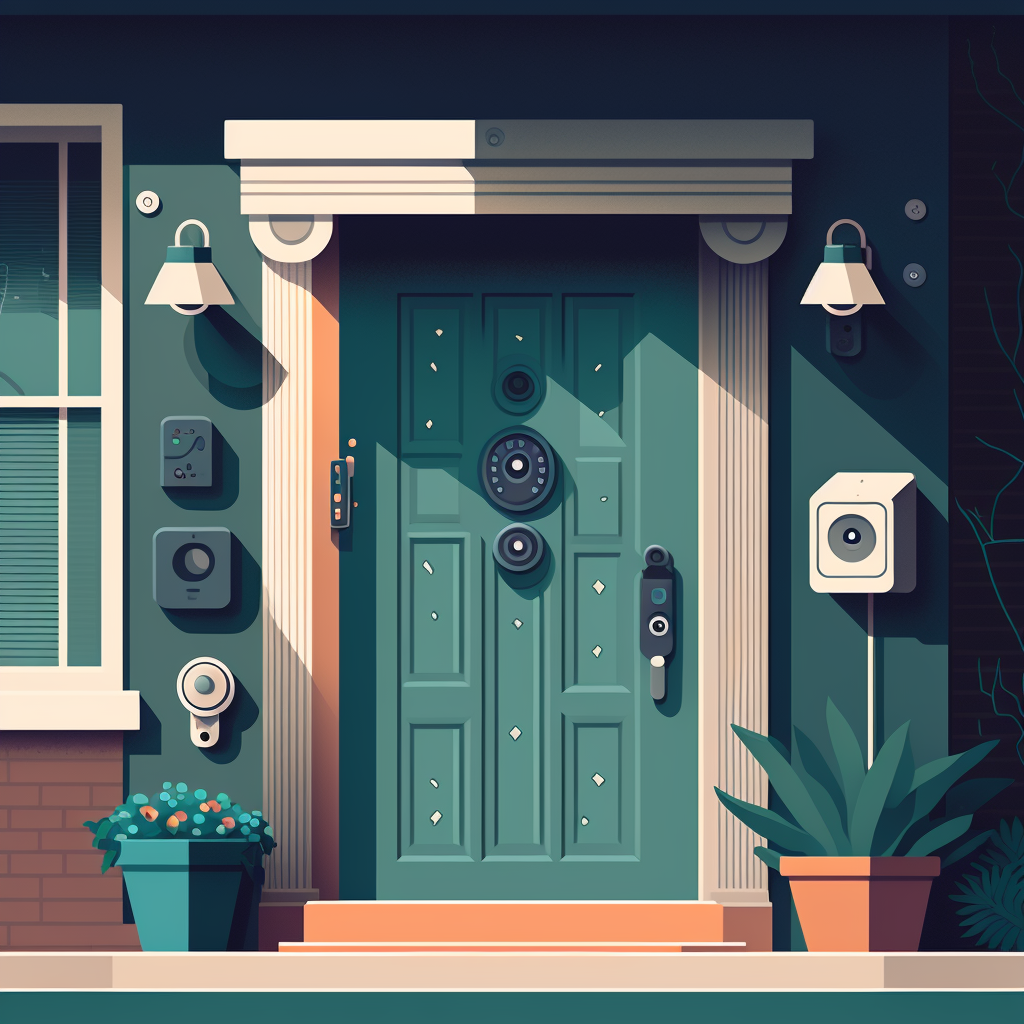Domain names. Managed hosting. Frameworks. SSL. Themes. Not understanding these web design terms can make it confusing to create a website and leave you with holes in your pockets.
Setting up a website nowadays can feel overwhelming for solopreneurs who just want a place to publish their products and services online.
And while you could simply create a social media page, a website helps you stand out more — and allows you to charge more for your services.
Creating a social media account requires little effort.
— Dr Mo (@ShehuPHD) September 27, 2022
Anybody can do it in 30 seconds.
A website signals seriousness — and allows you to charge more.
And if you have a unique name like mine, your domain name is probably available.
Register it today.
Thankfully, the level of complexity involved in setting up a website depends entirely on your needs.
There are simpler solutions to building and launching a website, and we’ll discuss them later in this article.
But before we get to that, you’ll need to understand the most common web design terms you’ll encounter in the process.
I’ll explain them as simply as possible, with many examples, analogies, and illustrations.
Let’s dive in.

5 web design terms you need to know
Setting up a website is like building a house.
Just like a house needs a foundation, roof, and walls, a website needs a domain name, hosting, and a framework.
The framework you choose also lets you choose a theme, and you can bolt on extra security to protect your website (called SSL).
Let’s quickly break down each of these components:
- Domain name: Your house address. It’s how people find your website on the internet.
- Hosting: The foundation of your house. It provides the infrastructure that supports your website and keeps it running smoothly.
- Website framework: The blueprint for your house. It provides a structure and foundation for building your website and helps you organize its various elements.
- SSL: Stands for ‘Secure Sockets Layer,’ and it’s like adding a lock to your front door. Without a lock, it’d be easier for random people to walk in and out of your home — and your guests would never feel safe. Similarly, SSL helps protect your website’s information from unauthorized access and helps your users browse safely on your website.
- Theme: The interior design of your house. It determines the layout, colors, and overall appearance of your website, giving it a polished and professional look. Just like how the interior design can make a house feel like home, a theme can make your website stand out and feel inviting for visitors. You can choose and customize a theme to match your brand and the type of site you’re building.
Let’s dig into each of these components in more detail.
#1 Domain name: Your website’s address (AKA where you live)
A domain name is the unique address of your website on the internet. It’s what people type into their web browser to access your site.
Domain names are typically IP addresses (i.e., a string of numbers) converted to text, which is easier for us to remember.

Google’s IP address, for example, might be something like https://172.217.170.78. It’s harder to remember that, so we simply use google.com.
When choosing a domain name, consider your brand and how you want to come across to your customers. Pick a domain name that’s easy to remember and relevant to your business.
For example, if you’re named Willa and are starting a copywriting website, your URL address could be wordsbywilla.com or willaswords.com.
I can't stress the importance of securing your brand's domain name – even if you're not building a website just yet. At the very least, secure your own name as a URL (I use @ionos_com).
— Dr Mo (@ShehuPHD) January 9, 2022
Your domain name also forms part of your IP — your intellectual property. Even if you don’t plan to launch a website just yet, secure your brand’s domain name early to prevent others from potentially impersonating you.
⚡ At the very least, you should own your name’s domain name. I own and run mohammedshehu.com, as well as a few other domains. It’s also helpful to register the same name across all social media platforms. For example, this could mean registering @wordsbywilla across the web. You can use namecheckr to check for username availability.
Should I create a website on a subdomain?
A subdomain is an extension of your main domain name. You can use it to create separate website sections.
It’s like having a guesthouse on your property — the person living there uses your street address but has their own space.

A subdomain uses the same address (your main domain name) with a different prefix before it.
So if your main domain name is example.com, a subdomain could be something like blog.example.com or store.example.com.
You can use subdomains to create separate website sections or product lines under one brand, such as a blog or an online store. This keeps all content under one domain.
⚡ A classic example is Google. The main Google domain name is google.com, but Google Drive is hosted at drive.google.com, while Google Docs is at docs.google.com.
Subdomains can be useful for providing different content to different audiences. You can test new features or designs on a subdomain before rolling them out to your main site.
Some web hosts or registrars may charge extra for adding a subdomain or might not offer the feature at all. IONOS, which I use, lets you create unlimited subdomains for free.
#2 Hosting: Your website’s foundation (AKA your living situation)
If your domain name is the address or unit number, hosting is the physical space the address ‘points’ to.
Hosting is the infrastructure, such as disk space and database software, that supports your site and makes it accessible.
Just as an apartment gives you space to store your stuff, hosting gives you space to store your images, text, videos, user passwords, transactions, and plugins.

Types of website hosting packages
There are different types of hosting, including:
- Shared hosting
- VPS (Virtual Private Server) hosting
- Dedicated hosting
Shared hosting is like having housemates in your apartment. In this setup, your website shares server resources like CPU, memory, and storage space with other websites.
Shared hosting is the most affordable option and works best for small and simple websites, but you might experience performance and scalability limitations.
⚡ Think of shared hosting like multiple housemates sharing one car. Sure, they’ll each get to their destinations, but each person may have to wait a little longer to get their turn.
VPS (Virtual Private Server) hosting is like having your own apartment in an apartment complex. With VPS hosting, your website gets allocated its own set of resources.
VPS hosting allows more flexibility and control over your website’s performance and scalability.
It’s a step up from shared hosting and is best for websites with moderate to high traffic.
Dedicated hosting is like owning a standalone house. With dedicated hosting, you get your own server and don’t have to share resources with other websites.
Dedicated hosting allows for the highest level of website performance, scalability, and control. It’s the priciest option and best for large and complex websites with high traffic and security needs.
The type of hosting you choose will depend on your needs and budget. If you’re just started out, shared hosting is more than adequate.
As you scale up, you can pay for more advanced hosting to suit your needs.
#3 Website framework: The blueprint (AKA floor plan)
A website framework is like a house plan. It lays out the blueprint for how your website will be constructed and ensures everything is organized and functional.
Your current house or apartment also has a floor plan. That floor plan could be something like a ‘single-story top-floor apartment.’
Your framework determines the content you can put in your house, like furniture, appliances, and fixtures. For websites, that content would include text, images, and media files.
Frameworks and house plans come with limitations. For example, a ‘single story top floor apartment’ plan doesn’t let you install stairs in the unit, as that wouldn’t make sense. You also couldn’t install double-volume ceilings or have a yard outside.

Similarly, WordPress allows you to build static and dynamic page websites, but you can’t create a multiplayer online video game on it.
You’d need a different framework for that, with different content assets, for it to run properly.
There are different website frameworks to choose from, such as:
- BigCommerce
- Ruby on Rails
- WordPress
- Magento
- Laravel
- Drupal
- Django
You’ve probably heard of WordPress the most — it’s the most popular website framework in the world.
People use WordPress to build all kinds of websites, from blogs and portfolio sites to online stores and magazines. As of writing, WordPress powers 43% of the world’s websites.
Some frameworks (like WordPress) are general-purpose frameworks, allowing you to build any type of website.
Others are more specialized and geared toward specific site types, such as blogs or e-commerce websites.
⚡ Each framework has its own set of features, tools, and limitations, so you'll need to choose one that fits your needs, budget, and experience level.
Should I create a website with a self-managed or Managed WordPress installation?
If you’re set on using WordPress, I’d recommend buying one of the WordPress hosting plans.
They come with a domain name, hosting, and a whole host of other features like premium themes, backups, SEO tools, PayPal integration, and paid newsletters.
If you’re using another hosting provider, your decision will depend on your needs and the hosting plan you choose. Most hosting plans allow you to install WordPress for free.
Some hosting plans will try to upsell you on ‘Managed WordPress,’ a plan where they set up WordPress for you.
However, this attracts an extra monthly fee, which you don’t need. You can set up WordPress yourself by signing up at wordpress.com.
With a third-party (i.e., non-WordPress hosting platform), this means your steps are to:
- 👉🏽 Buy a domain name
- 👉🏽 Set up a hosting plan
- 👉🏽 Set up WordPress for free
⚡ Many guides can help you to create a website with WordPRess, such as this one on installing WordPress on GoDaddy or this one on creating a WordPress website with IONOS. I use IONOS for my websites, as I find it easier for my needs. Your mileage may vary.
#4 SSL: Website security (AKA your front door lock)
SSL, or Secure Sockets Layer, is a security protocol that protects the information on your website from unauthorized access.
SSL encrypts the data transmitted between your website and your visitor’s web browser.
You can recognize when a website has SSL installed by looking for the little lock next to the URL, like this:
SSL is especially important if you’re running an e-commerce site and handling sensitive information like credit card numbers and passwords.
Your customers want to know they won’t get hacked while visiting your website.
⚡ Just as you wouldn’t visit someone who lives in a dangerous neighborhood with no front door or fence, you’re more likely to attract users to your website when you’ve got added security.

There are different types of SSL packages. Some come free with your hosting package, while others require a monthly or annual payment.
The main difference between these packages is the level of validation and encryption they offer.
Your hosting provider will provide more information about the SSL packages they offer when you sign up to buy one.
Regardless of which package you choose, SSL is an important aspect of website security that you shouldn’t overlook.
#5 Theme: Look and feel (AKA your home’s interior design)
When you buy a house, you can choose the color and decor of your home’s interior.
Likewise, you can choose a pre-made theme when you create a website.
A theme is a pre-designed template that determines the layout, colors, and overall appearance of your website without you having to build everything from scratch.
Themes are customizable, so you can adjust the colors and fonts to match your brand. Most themes let you customize your website without hiring a designer or fiddling with code.
⚡ There are thousands of themes available, both free and paid. You can find them in different marketplaces like WordPress theme repository, Envato, and ThemeForest. I get all my WordPress themes from ThemeForest.
When choosing a theme, consider your budget, the type of site you’re building, and the design you want.
Many options are available, from simple, minimalistic themes to more complex designs with bells and whistles.

While a theme can give your site a polished and professional look, it’s not the only thing that matters.
Content, user experience, and overall site functionality are just as important, if not more. With the right theme, you can create a website that looks great and works well.
Keep your website simple. Just have:
— Dr Mo (@ShehuPHD) September 27, 2022
– An “About Me” section
– Links to your socials
– Your previous work
– A professional pic
– Your service list
– A contact page
“Here’s what I do; who I’ve done it for; how much I charge, and how to work with me.”
Create a website faster with these website builder alternatives
You don’t always need to create a website from scratch. Sometimes, using a website builder is the better option.
A website builder handles the domain name registration, hosting, SSL, and theme for you on a custom framework.
Use time-savers. If you can use Shopify or Webflow to easily build your website, skip the HTML coding. If you can pay someone to write your copy, do that and focus on other things. Don't always start from scratch.
— Dr Mo (@ShehuPHD) November 8, 2020
If you just need a one-page personal portfolio website, you can use carrd.co.
It’s free, easy to use, and lets you pay a small annual fee if you want to use a custom domain.
If you want to run an online store without any complicated setup, you could go with Wix, Shopify, or Squarespace.
The pros of using these website builders include:
- 👉🏽 Easy setup
- 👉🏽 Domain name included
- 👉🏽 Everything is handled for you
- 👉🏽 Automatic updates and backups
- 👉🏽 Just add your products and services and publish
The cons of using website builders include:
- 👉🏽 Limited customizability: You can’t change your website’s look too much, and buying custom themes can be pricey
- 👉🏽 Cost: Depending on your needs, you might need to pay a lot upfront
⚡ If you want to build a slightly more advanced website with full control over your website’s look while saving monthly fees, go with a self-managed WordPress installation, as described above.
Create a website without breaking the bank
Building a website may seem intimidating at first, but it’s a lot like building a house. The right location, floor plan, theme, and security features make a great home.
Similarly, you can create a functional and beautiful website with the right domain name, hosting, framework, theme, and security measures.
It’s important to understand website design terms, or else you get bamboozled into paying for stuff you don’t need.
Hosting platforms, domain name providers, and unscrupulous web developers count on you not knowing what these terms mean, so they can charge you more and upsell you products you don’t need.
With this new knowledge, you can now safely navigate the world of creating a website. But your work isn’t done just yet.
The next step: Search engine optimization (SEO)
A website is practically useless if nobody can find it online. While you can always share the link with your network, it’s crucial to invest in the next step of growing your business: search engine optimization (SEO).
SEO helps you get noticed faster by showing your website content to people searching for similar products and services.
When you search for ‘jewelry store near me’ on Google and a bunch of websites show up, that’s SEO at work.
Successful #SEO gets your business noticed, drives more search traffic to your website, and increases your conversions. It’s one crucial element of your marketing mix that you shouldn’t ignore. Here's how to get it right: https://t.co/nRO2MolQz7 https://t.co/2itwYiSAuJ
— Dr Mo (@ShehuPHD) February 24, 2021
⚡ Think of your website as a store in a large mall. You want your store to be easily visible and accessible to potential customers as they walk by, and you want to catch their eye with an attractive display. Similarly, you want your website to be visible and accessible to potential customers on the internet, and you want to catch their attention with relevant and high-quality content.
There are three key steps to getting started with SEO:
- Identify the keyword phrase(s) you want to rank for.
- Create good content around those keywords
- Optimize your website for better rankings
Read on for a simplified guide to SEO.

Mohammed Shehu, Ph.D. writes on content and marketing for creators and brands. You can find him online @shehuphd everywhere.

